How about altair-viz (docs)?
import pandas as pd
import numpy as np
import altair as alt
# alt.renderers.enable('notebook') # if in jupyter
df = pd.read_csv("tasks.csv")
df["Start date"] = pd.to_datetime(df["Start date"])
df["End date"] = pd.to_datetime(df["End date"])
chart = alt.Chart(df.drop("Resources", 1)).mark_bar().encode(
x='Start date',
x2='End date',
y=alt.Y('Task Name',
sort=list(df.sort_values(["End date", "Start date"])
["Task Name"])), # Custom sorting
)
chart

Example df:
- ----------------------------------- ------------------- ------------------- ---------------------------------
0 Data type handling / Auto Inference 2019-07-01 00:00:00 2019-07-31 00:00:00 Backend
1 Sklearn & other models 2019-07-01 00:00:00 2019-07-31 00:00:00 Models
2 Maps / Geoplotting 2019-07-01 00:00:00 2019-07-31 00:00:00 Backend, Graphical User Interface
3 Optimize Dockerfile 2019-07-01 00:00:00 2019-07-31 00:00:00 CI/CD
4 Chapter 2: Compare competitors 2019-07-08 00:00:00 2019-10-21 00:00:00 Writing
- ----------------------------------- ------------------- ------------------- ---------------------------------
Edit: I also found a way to add text and make it appear as if it has a progress bar. It works by creating another series whose bars have height equal to original * progress and appending it to the original dataframe
# Use the progress to find how much of the bars should be filled
# (i.e. another end date)
df["progress date"] = (df["End date"] - df["Start date"]) * df["Progress %"] / 100 + df["Start date"]
# Concatenate the two
newdf = np.concatenate([df[["Task Name", "Start date", "End date", "Progress %"]].values,
df[["Task Name", "Start date", "progress date", "Progress %"]].values])
newdf = pd.DataFrame(newdf, columns=["Task Name", "Start date", "End date", "Progress %"])
# Reconvert back to datetime
newdf["Start date"] = pd.to_datetime(newdf["Start date"])
newdf["End date"] = pd.to_datetime(newdf["End date"])
# This is the indicator variable (duration vs progress) where the grouping takes place
newdf["progress_"] = np.concatenate([np.ones(len(newdf)//2), np.zeros(len(newdf)//2), ])
# color for first half, color for second half
range_ = ['#1f77b4', '#5fa0d4',]
# The stacked bar chart will be our "gantt with progress"
chart = alt.Chart(newdf).mark_bar().encode(
x=alt.X('Start date', stack=None),
x2='End date',
y=alt.Y('Task Name', sort=list(df.sort_values(["End date",
"Start date"])["Task Name"])*2),
color=alt.Color('progress_', scale=alt.Scale(range=range_), legend=None)
)
# Create appropriate labels
newdf["text%"] = newdf["Progress %"].astype(str) + " %"
# And now add those as text in the graph
text = alt.Chart(newdf).mark_text(align='left', baseline='middle', dx=5, color="white", fontWeight="bold").encode(
y=alt.Y('Task Name', sort=list(df.sort_values(["End date",
"Start date"])["Task Name"])*2),
x=alt.X('Start date'),
text='text%',
)
# Plot the graph
alt.layer(chart, text)
Result:




